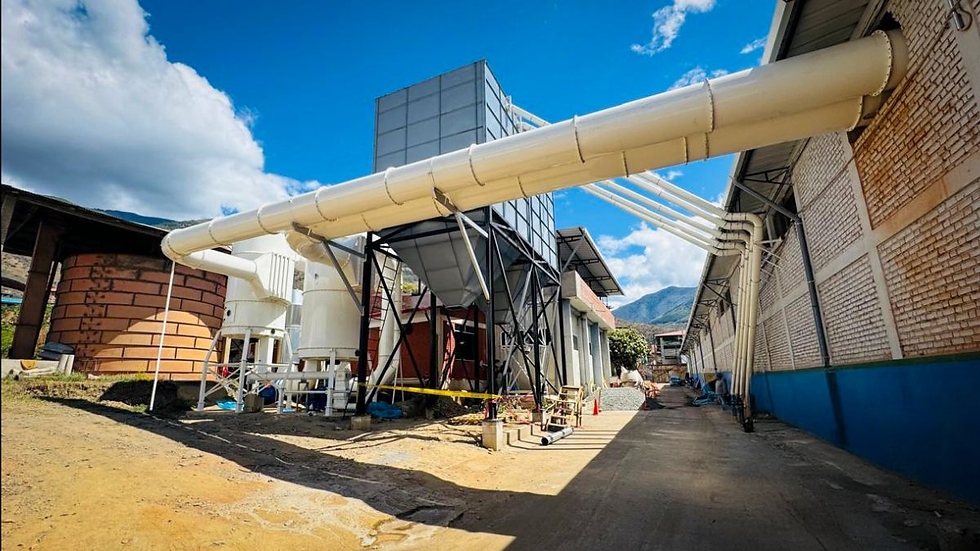Navigating Volatility: The Impact of C-Market Price Surges
- ElevaFinca

- Sep 25
- 3 min read
From September 11th to 24th, the C-market price fluctuated between $349.45/lb and $431.30/lb, averaging $387.75/lb over the period. Overall, the market declined by –4.95%, as the sharp mid-September peak above $430/lb was followed by consecutive daily losses that pushed prices back toward the mid-$350s.
Still, on September 24th the market rebounded strongly, closing at $367.75/lb—just over 5% higher than the previous day. This two-week stretch highlights the combination of steep corrections and abrupt daily recoveries that continue to drive volatility across the supply chain.

1. A Challenging Year, Intensified by Price Swings
A Challenging Year, Intensified by Price Swings While rising prices might seem like good news, they are landing in a context where many cooperatives were already under financial pressure. Several banks continue to offer the same credit ceilings they provided in previous years, even though the cost per quintal has increased. As a result, cooperatives receive the same working capital but can purchase significantly less coffee.
2. Contract Pressures and Fixation Rules
The current market environment is driving many coops to fix contracts quickly, fearing the price could drop. But the reverse is also possible. If prices rise further toward $5/lb, fixed contracts at $4 could become unattractive, introducing serious default risks.
To help manage this, ElevaFinca has implemented a safeguard rule:
At least 60 percent of the coffee must be at the dry mill before a contract can be fixed.
This rule helps ensure that contracts are only locked once physical coffee is secured, mitigating potential overexposure.

3. Speculation, Labor Demands, and Liquidity Constraints
High market prices are fueling speculation and shifting dynamics in the field:
Some producers are withholding coffee, hoping for even higher prices
Laborers and pickers are demanding higher wages, seeing the price surge as an opportunity, even though those prices may not hold
Liquidity remains constrained, as lenders continue to base their financing on historical data rather than market realities
4. Lower Cooperative Volumes and Reduced Incentives for Differentiation
Beyond financial and operational strain, we are also observing broader behavioral shifts among producers:
Lower volumes through cooperatives: Some producers are bypassing their organizations to pursue faster payments or slightly higher prices elsewhere
Reduced incentive for differentiated coffees: With commercial prices so high, the motivation to invest in complex post-harvest processes for specialty coffees is weakening, which may impact the diversity of profiles reaching the market this season
5. Case in Point: Sierra Nevada de Santa Marta
Labor availability, not just cost, has become a critical issue. In Colombia’s Sierra Nevada de Santa Marta, producers are reporting losses of up to 35 percent or more of their harvest, simply because they cannot find enough labor to pick the ripe cherries before they fall. This is not just about higher wages, it is about absolute labor shortages that create urgent risks for harvest management and cash flow.

6. Adapting Support to a Shifting Landscape
Our field teams in Peru have adjusted their approach accordingly, focusing on:
Preventing poorly timed fixations
Reinforcing liquidity planning with our partners
Encouraging coops to diversify their contract timing
Offering technical support tailored to this fast-changing market
7. What Can Buyers Do?
Price surges create both opportunity and risk for cooperatives. Buyers can help by:
Maintaining open communication with sourcing partners
Supporting more flexible pre-financing mechanisms
Being open to adjustments in delivery timelines
Recognizing the upstream pressures facing producer organizations
We are committed to supporting our partners through this market cycle with transparency and care.
Our latest coffee offer is constantly updated here



Comments